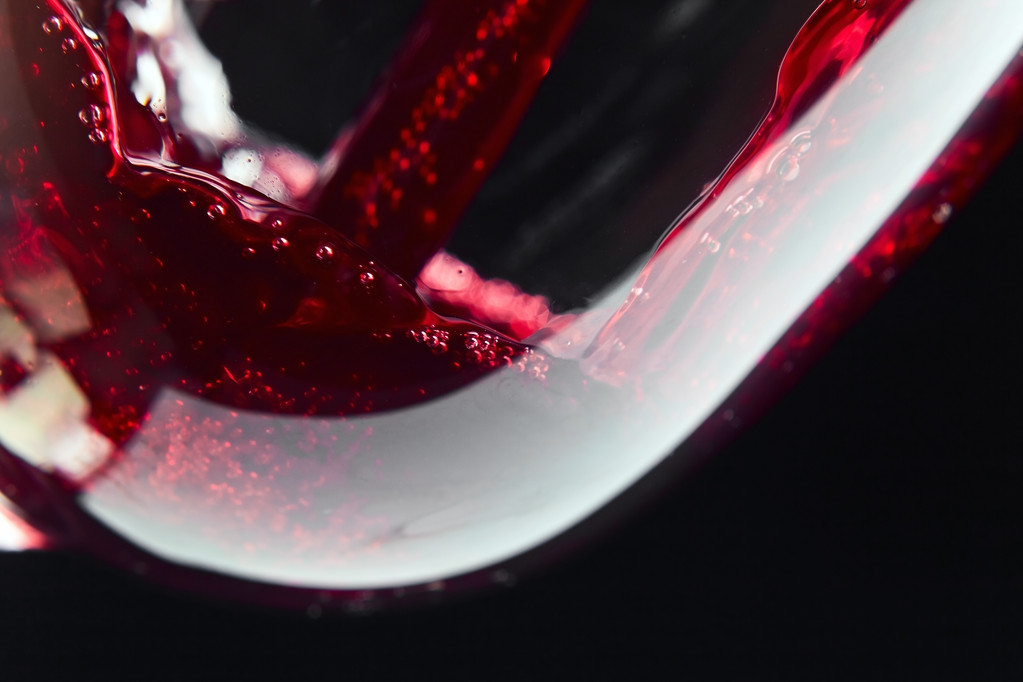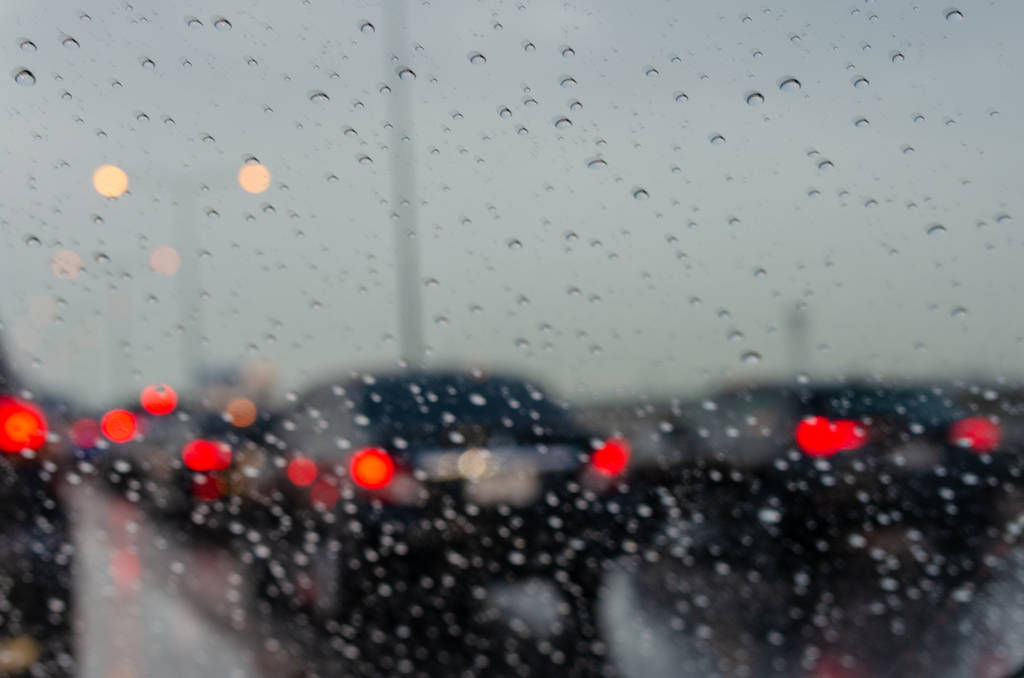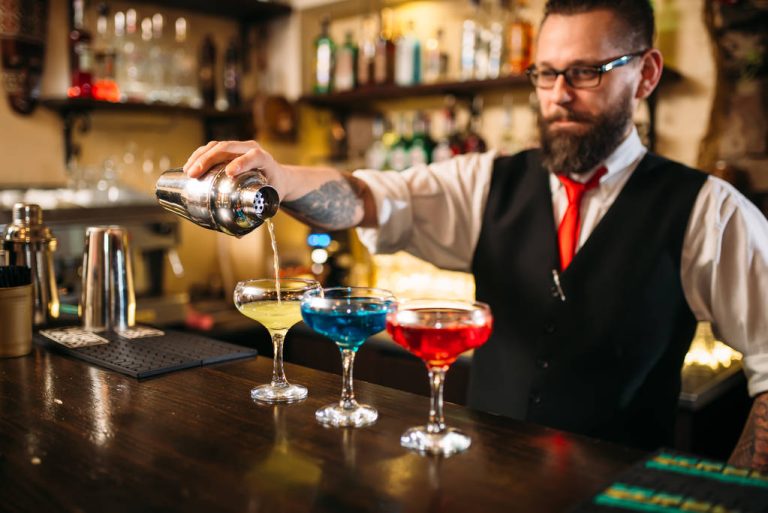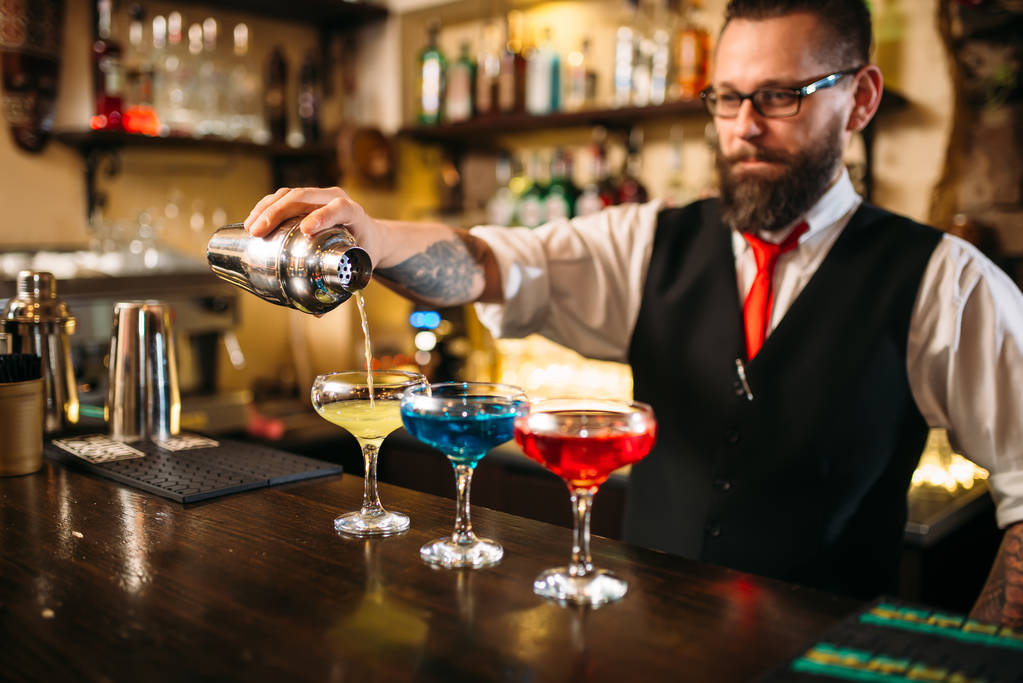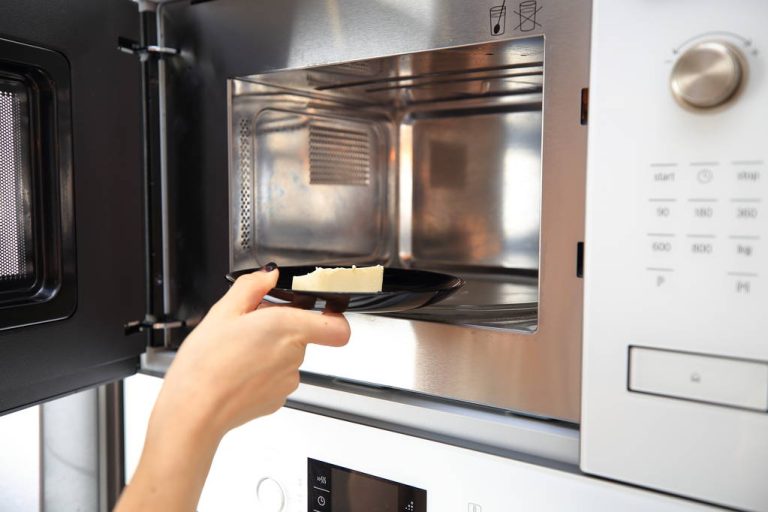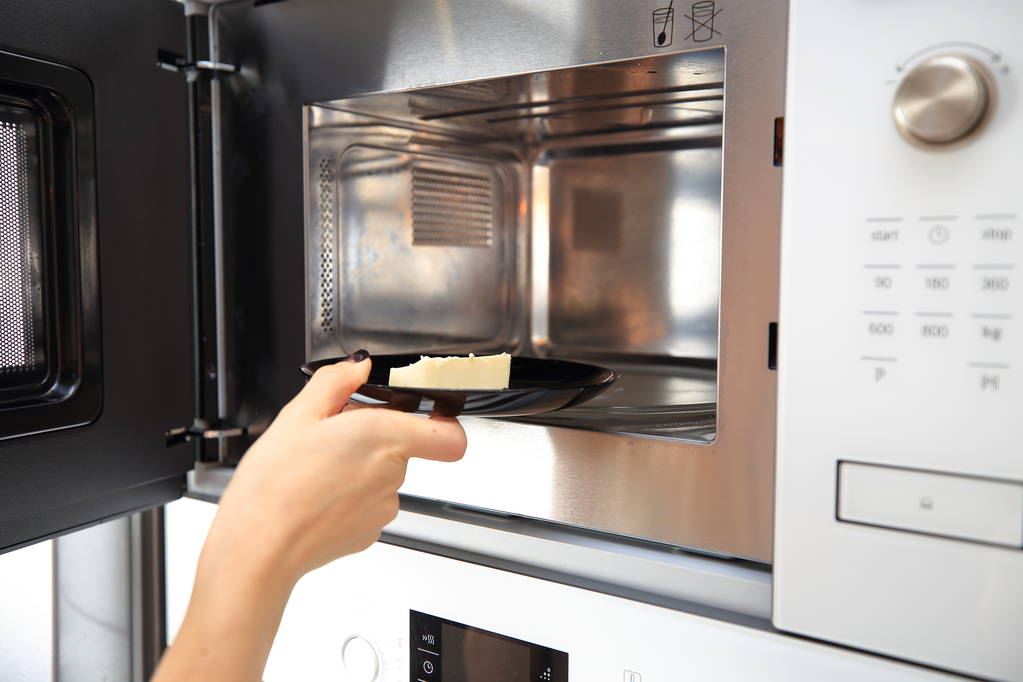Attention Deficit Hyperactivity Disorder, also known as ADHD, is one of the most common mental disorders in children; however, it often remains for life.

Symptoms and causes of ADHD
The symptoms of ADHD in children and adults are often very diverse. They are divided into different sub-areas: in the area of attention, it can often be observed that those affected are easily distracted, daydream, cannot persevere well, are very sensitive to criticism and extremely forgetful. Characteristic features in the area of social behavior include impulsiveness and thoughtless action, a lack of self-control and frustration tolerance, organizational difficulties and listlessness. The motor area is limited by fidgeting, clumsiness in gross and fine motor skills and often incorrect power dosing. Further symptoms can be, for example, a mental development delay as well as rapid mental and psychological fatigue, an extremely pronounced sense of justice and a considerable ability to be influenced.
The three main symptoms of the disorder are:
An attention deficit disorder
A strong impulsiveness
Hyperactivity or extreme restlessness
Depending on how severe the symptoms are, the patients are divided into three subgroups: those who act primarily hyperactively and impulsively, those who primarily have attention deficit disorder (ADD) and those who have a mixture of both characteristics.
ADHD is generally regarded as a disorder that is congenital and usually manifests itself before the age of six. The intensity and characteristics of the symptoms change according to age: ADHD symptoms are different in infants, small children, adolescents and adults. In Germany, around two to six percent of all children are affected, and sixty percent suffer from the disease for life. Boys are usually affected more often than girls. The first signs can often be seen in infants: Affected babies cry a lot and for a long time, are often difficult to feed, are restless and sleep poorly. Symptoms are usually easier to recognize in infancy: Affected children often have no desire to play, exhibit disruptive behavior, can hardly concentrate on an activity and thus often strain the patience of their parents. Especially at school, children often struggle to cope with everyday school life and the subject matter. In many cases, a reading, arithmetic or spelling weakness is also recognized. In adolescence, ADHD sufferers mostly have a so-called “anti-attitude”: they continue to be inattentive and often unmotivated. Risky behavior, abuse of addictive substances as well as severe anxiety and depression are also characteristic of this age group. Adults, on the other hand, tend to struggle with forgetfulness, disorganization and lack of motivation. The impact of the disease on professional and social life should not be underestimated; many of those affected develop anxiety, depression, personality disorders, alcohol or drug problems.
But ADHD does not only have disadvantages: those affected are usually very creative. Once they have found something that interests them, they are often highly motivated and can fully focus on that matter. As a rule, they are also very successful in this area. Furthermore, people with ADHD are considered to be very fair, helpful and open because they often have good access to their feelings.
Researchers today assume that around 50 percent of the development of ADHD can be traced back to the genes. On a scientific level, it is assumed that ADHD is caused by faulty signal transmission in the brain. Those affected are “overwhelmed” by stimuli because the information cannot be processed correctly: unimportant information can only be filtered inadequately. The reason for this is, among other things, a disturbed metabolism of the messenger substances dopamine and noradrenaline, which normally ensure that we can be attentive, have drive and motivation. External circumstances can also increase the development of ADHD: This includes, among other things, too little attention, a lot of noise, a lack of exercise or a lot of time at the computer.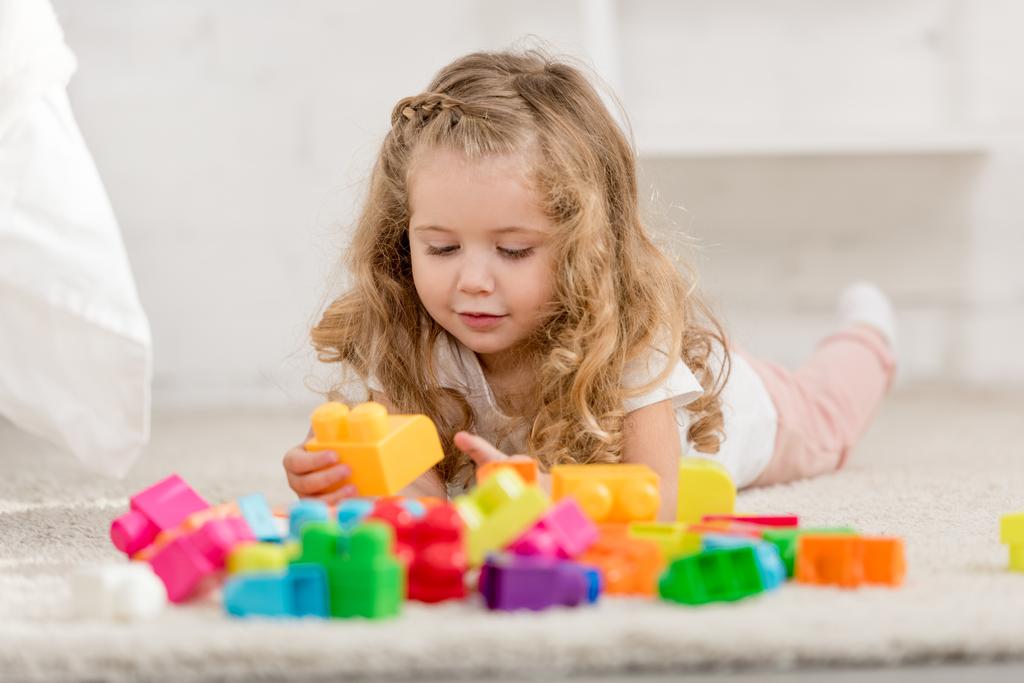
What you need to know about diagnosis and therapy
The diverse symptoms often make a specific diagnosis not easy: Firstly, not everyone affected has all the signs, secondly, it is difficult to separate the symptoms from age-appropriate behavior. In order for a correct diagnosis to be made, a specialist should be consulted. These include paediatricians and child and adolescent psychiatrists.
ADHD is determined by the specialists using questionnaires that provide information about individual behavior. The child’s motor coordination ability is examined, but also its ability to cooperate, gestures, facial expressions, language and vocalizations. As a parent, you should prepare for your visit to the doctor: Describe and observe your child’s behavior and pay attention to details such as the day of the week or the time of day. If necessary, also talk to the child’s carers in the kindergarten or school as well as to grandparents or other caregivers.
According to the international classification system ICD-10, in order for the diagnosis to be made, hyperactivity, impulsiveness and inattention must be detectable to an unusually high degree. Following the diagnosis, the child is treated individually: it is important that parents are informed and advised. Parent training or a mother-child cure can be particularly helpful when the child is a little younger. During the training, parents learn, among other things, to give the child feedback on their behavior, to provide clear structures and to harmonize their own behavior with their own instructions. It can also be helpful for parents to exchange information in forums or parent initiatives. The environment should also be informed as soon as possible in order to avoid difficulties. From school age, it makes sense to take advantage of cognitive behavioral therapy: Here, children learn to control their impulsive and disorganized behavior. The first measure of therapy is the so-called self-instruction, which takes place in five steps:
The therapist speaks “self-instructions” as a model and then acts accordingly.
The child acts according to the instructions heard.
The child directs its behavior through its own self-instructions by speaking out loud.
The child whispers the self-instruction.
The child practices the instruction in such a way that it no longer needs the instruction and can control itself without it.
If the child is extremely aggressive despite behavioral therapy or seems very restless, medication can be useful. The appropriate medication is prescribed by the therapists; mostly amphetamines like methylphenidate or atomoxetine. Which therapy is best suited for your child or you cannot be generalized; therefore it is always important to consult an expert.








